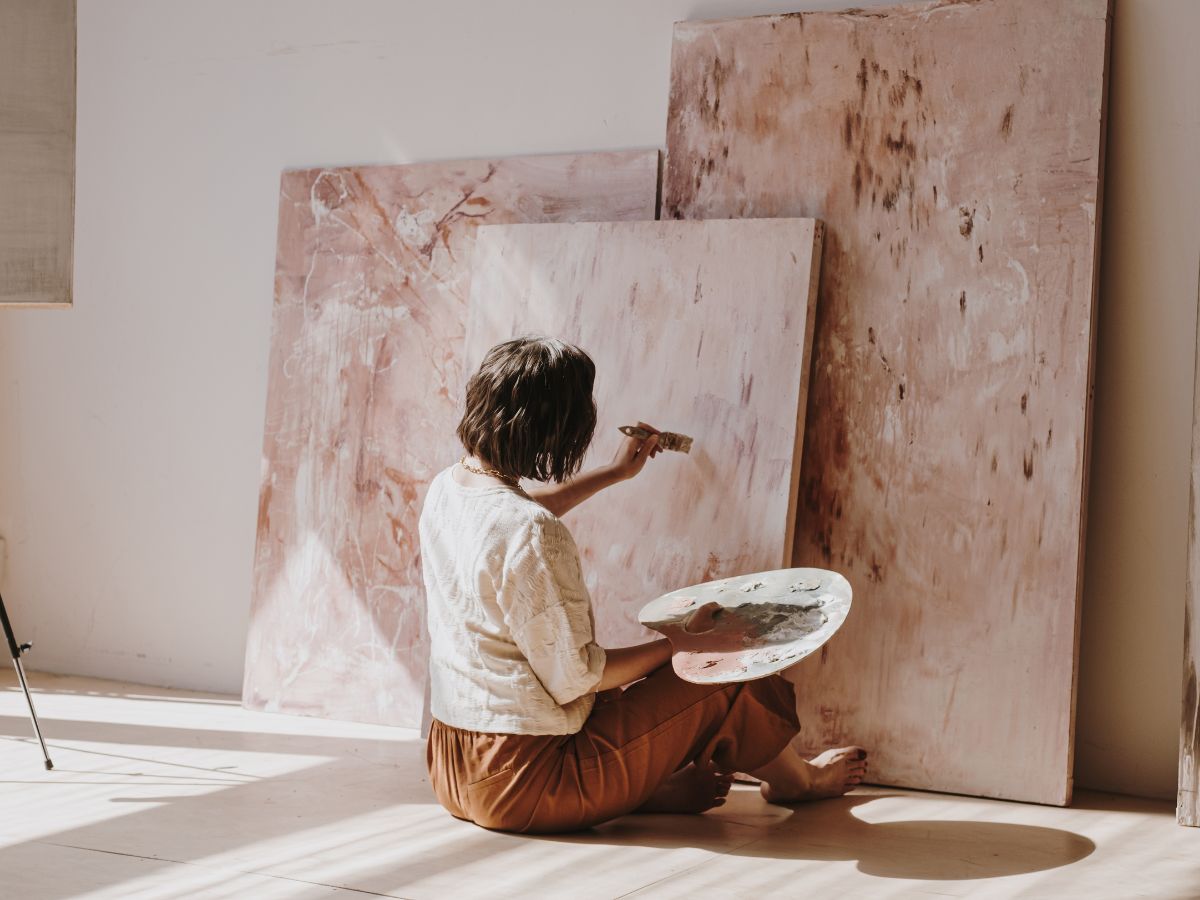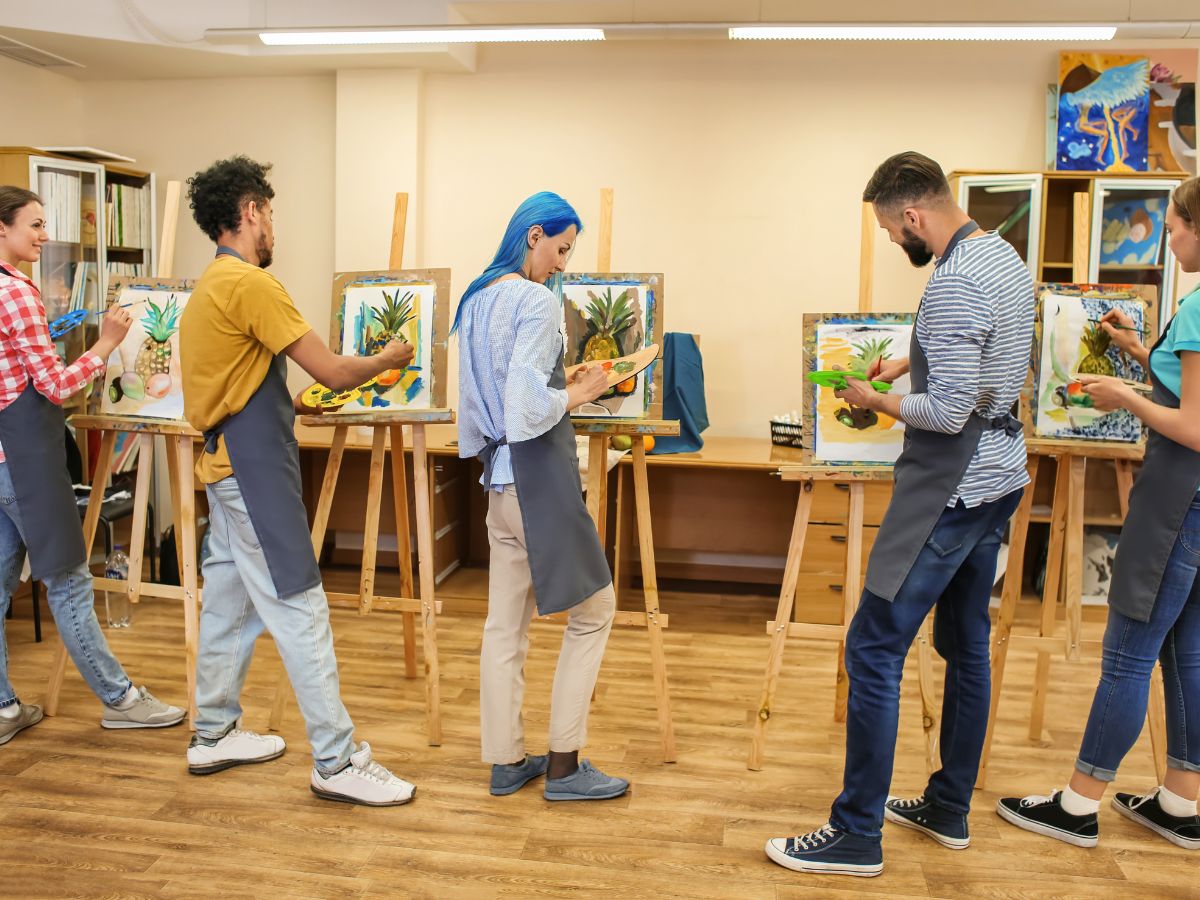
Essential Tips for Storing Large Canvas Artworks
Storing large canvas artworks requires careful planning and the right environment to preserve their integrity and beauty. Improper storage can lead to damage, warping, or deterioration over time. By following these expert guidelines, you can ensure your masterpieces remain in excellent condition for years to come.








